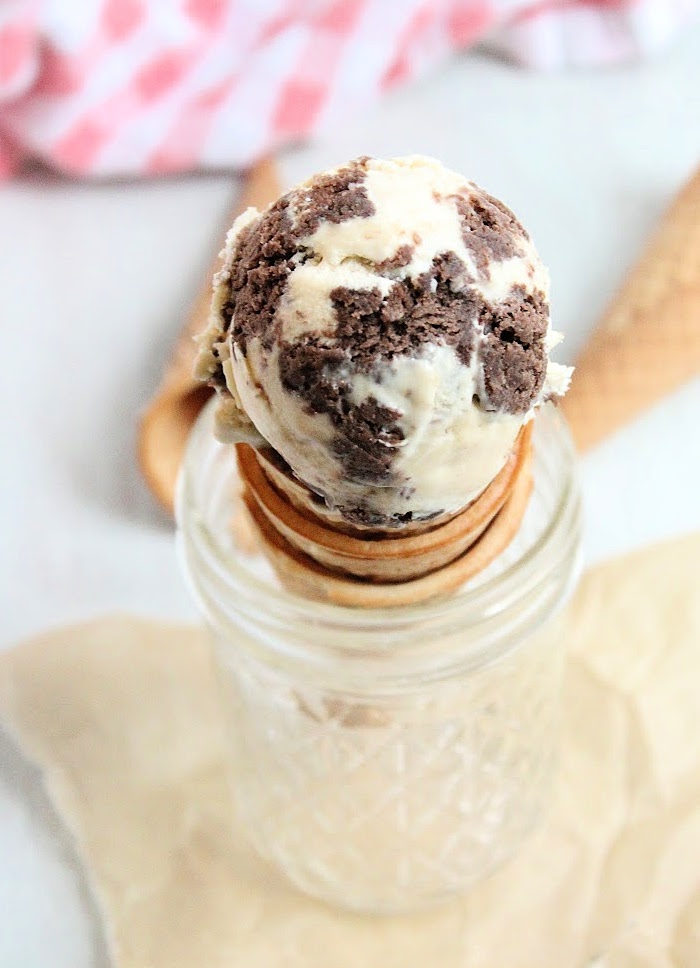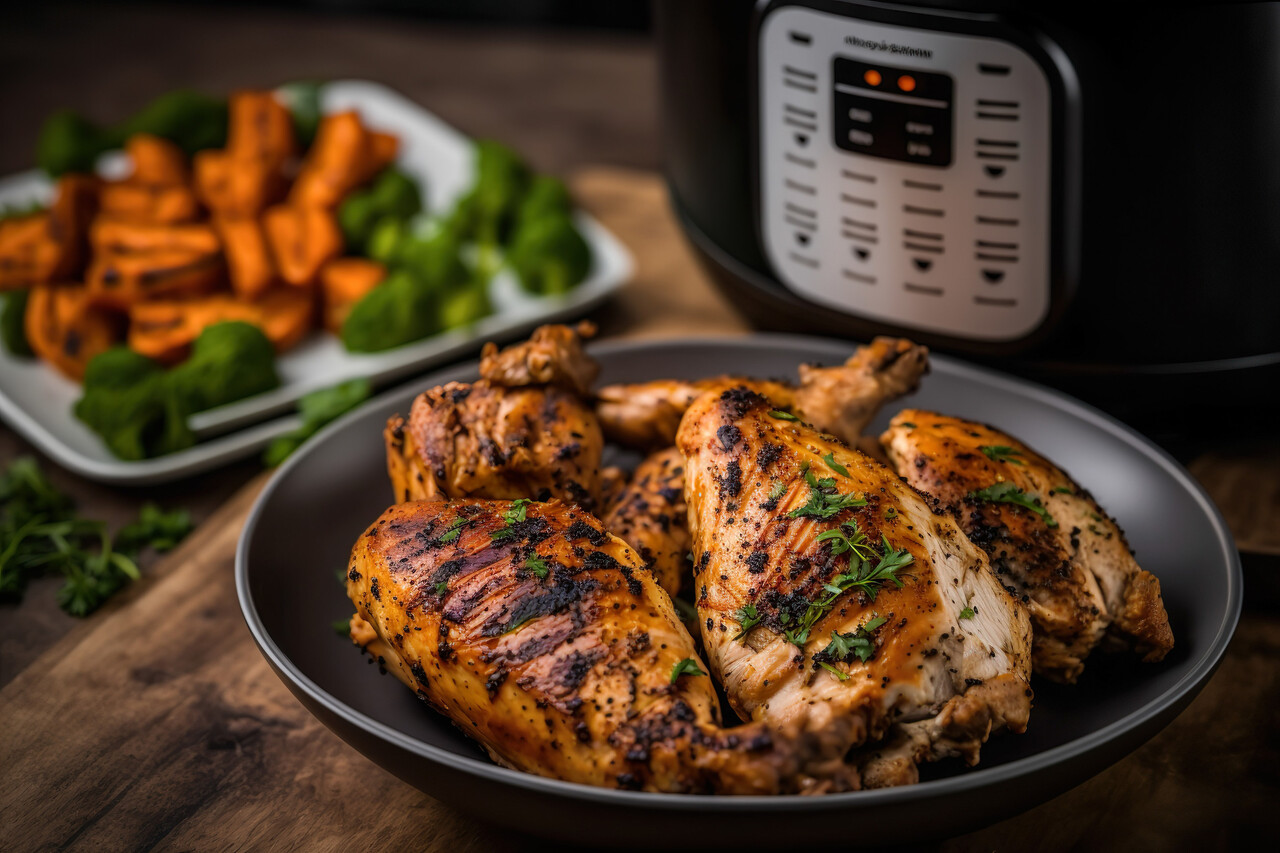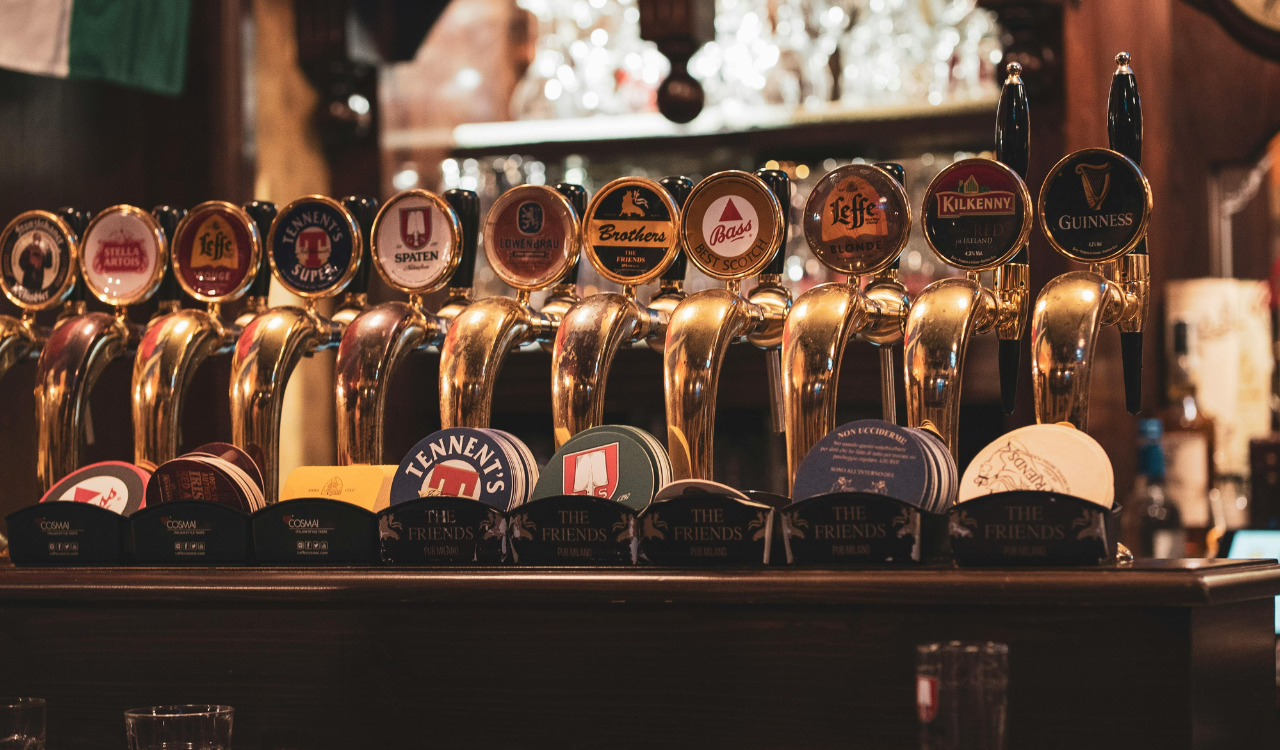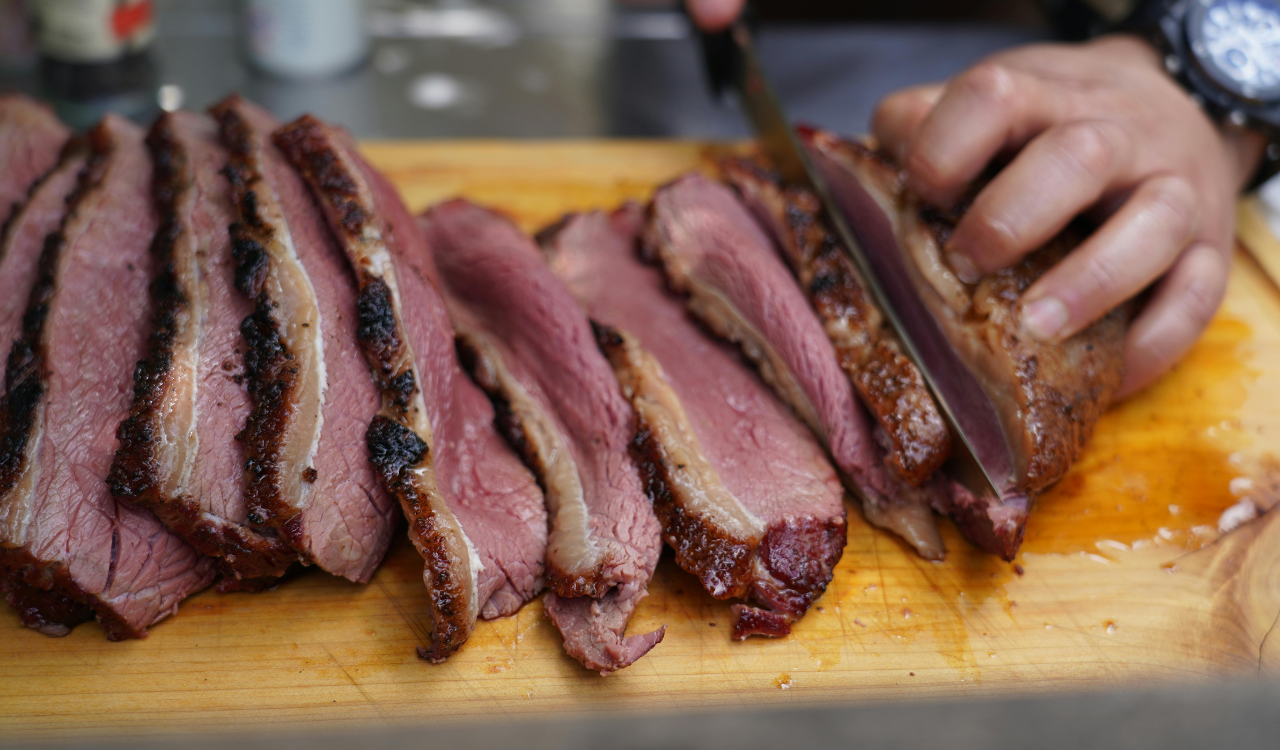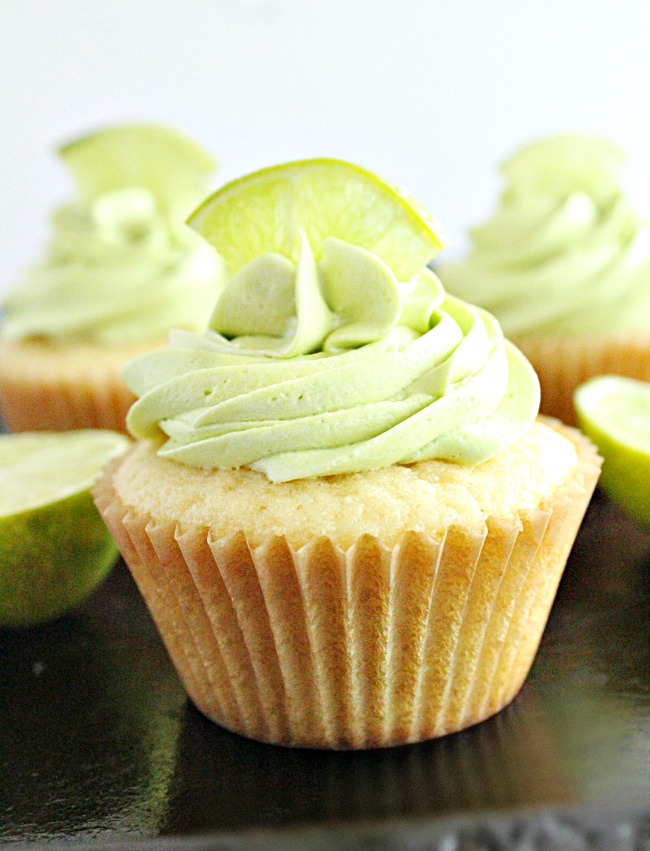11 Old School Lunches That Wouldn’t Pass Today’s Rules

School lunches have changed more than most of us realize. Once filled with sugary drinks, processed meats, and colorful but questionable treats, old-school meals reflected an era when convenience and cost often mattered more than nutrition. Today’s cafeterias focus on balanced, wholesome options designed to fuel growing bodies safely. Looking back at these nostalgic trays reveals not just what children ate, but how our understanding of healthy eating has evolved over the decades. These 11 classic lunches capture a colorful, flavorful, and sometimes shocking culinary history.
1. TV Dinners and Casseroles
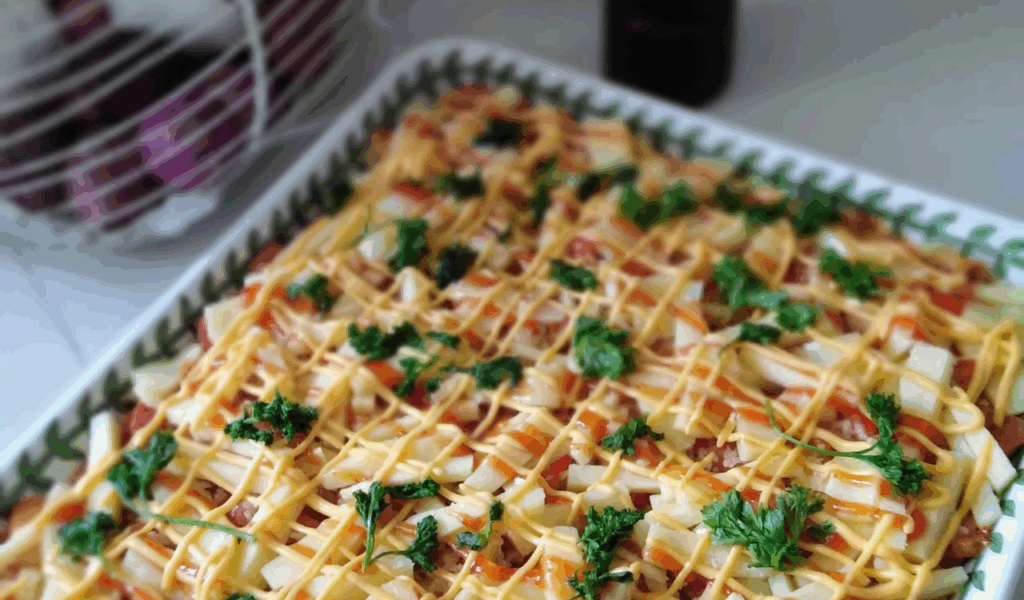
In the heyday of school cafeterias, TV dinners and cheesy casseroles were a practical lifesaver for feeding large groups of students. These dishes were quick to prepare, inexpensive, and could be served in mass quantities with minimal effort. They often relied on processed ingredients, heavy creams, and preservatives to extend shelf life. While filling and convenient, their high sodium and saturated fat content would fail today’s stricter nutrition standards. These meals reflect a time when efficiency and portion size often outweighed health considerations.
2. Mystery Meat
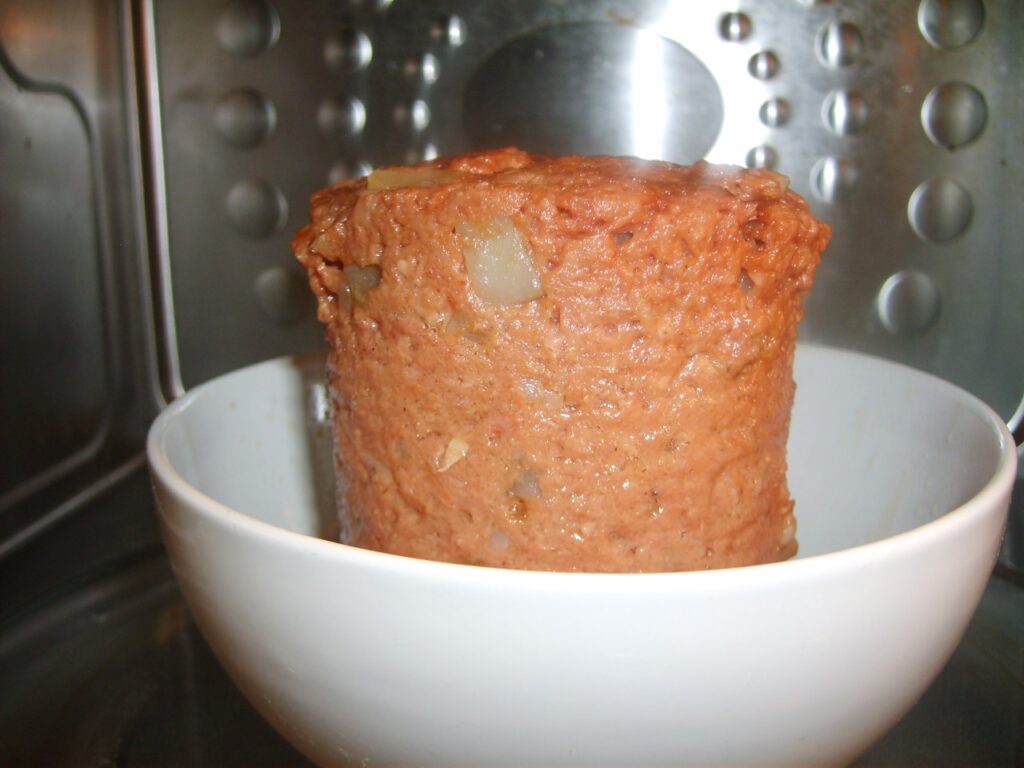
Mystery meat earned its infamous reputation for being unidentifiable and often processed into uniform shapes to make it visually appealing. Served as the main protein on many lunch trays, it was cheap and easy to store, but lacked transparency and nutritional reliability. Today, school regulations prioritize clear labeling and wholesome ingredients, offering recognizable proteins like grilled chicken, lean beef, or plant-based options. Mystery meat stands as a symbol of a bygone era when convenience and cost were valued over safety and quality.
3. Chocolate Milk in Every Meal
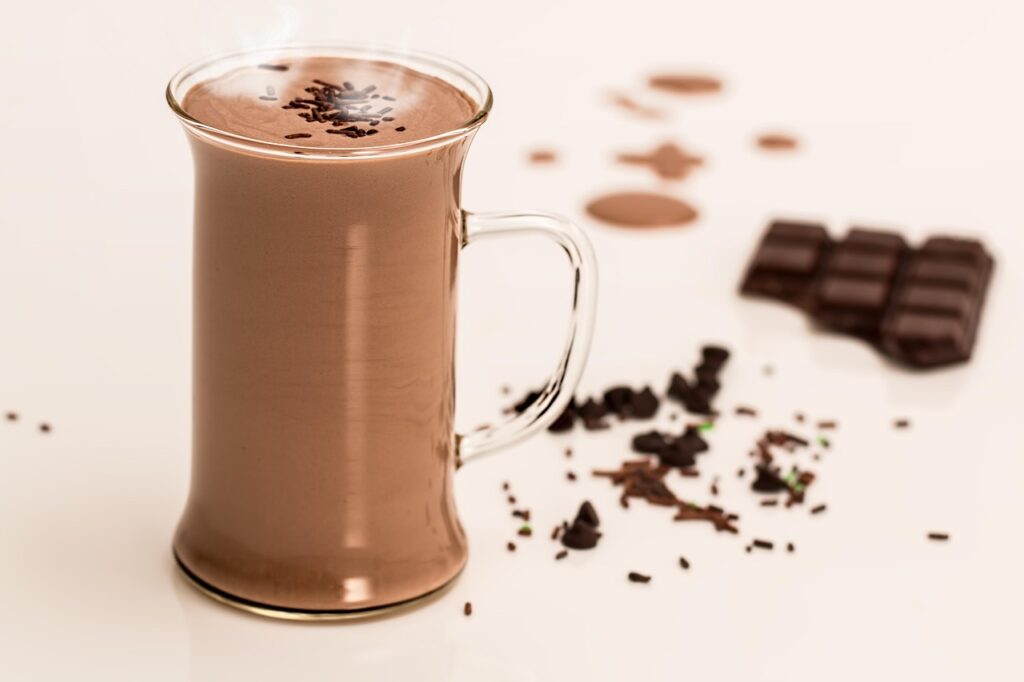
Chocolate milk was a beloved staple in old school lunch programs, providing a sweet complement to sandwiches and snacks. Packed with sugar and calories, it gave students a quick energy boost but also contributed to excessive sugar intake. Modern school programs have scaled back flavored milk options, encouraging plain milk or fortified alternatives instead. This change reflects a broader focus on reducing sugar consumption while still supporting calcium intake, showing how balancing taste and nutrition has become a priority.
4. Fruit Cocktail in Syrup
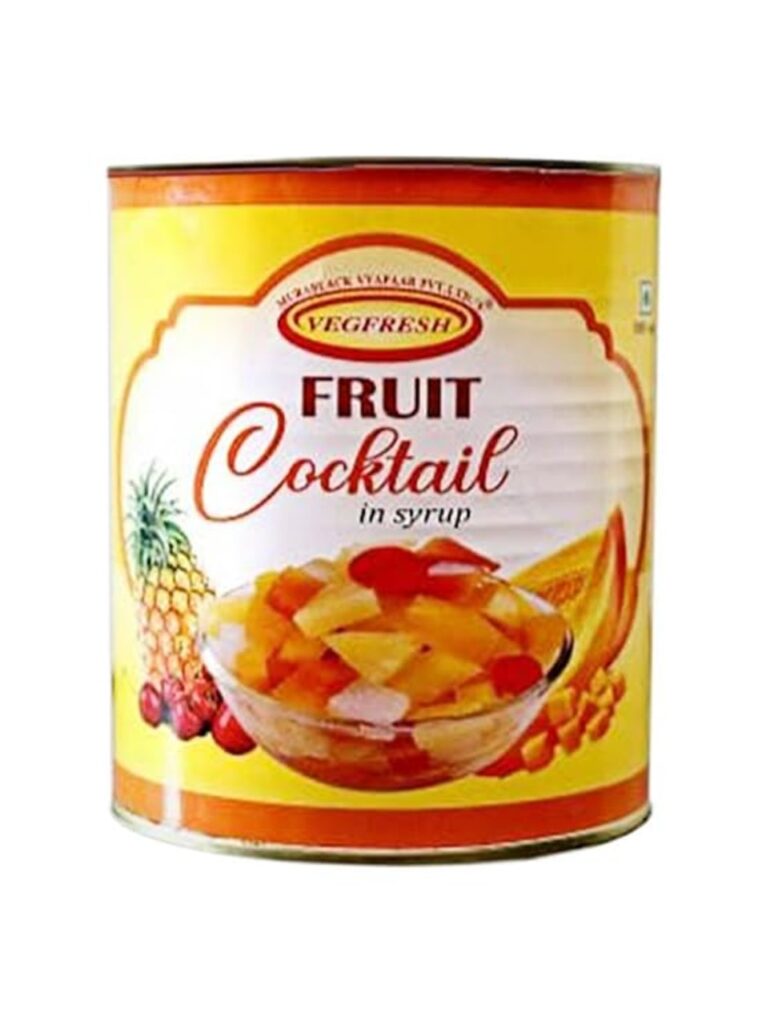
Canned fruit cocktail in syrup added color and sweetness to many lunches, but the added sugar made it less healthy than fresh or unsweetened alternatives. While it did provide some vitamins and fiber, the syrup significantly increased calories without contributing meaningful nutrients. Today, schools favor fresh, frozen, or unsweetened canned fruit to provide natural sweetness alongside real health benefits. The classic fruit cocktail reminds us of a time when convenience and visual appeal often outweighed nutritional concerns.
5. Jell-O Cups

Jell-O cups were a fun and wobbly dessert that delighted students with their bright colors and easy portioning. Shelf-stable and inexpensive, they were an easy way to serve dessert to large groups. Despite their appeal, Jell-O offered virtually no nutrients, being almost entirely sugar and artificial additives. Modern guidelines have largely replaced such treats with yogurt, fruit, or healthier desserts that provide flavor along with nutritional value, emphasizing the shift toward more balanced school meals.
6. Processed Cheese Slices on Sandwiches
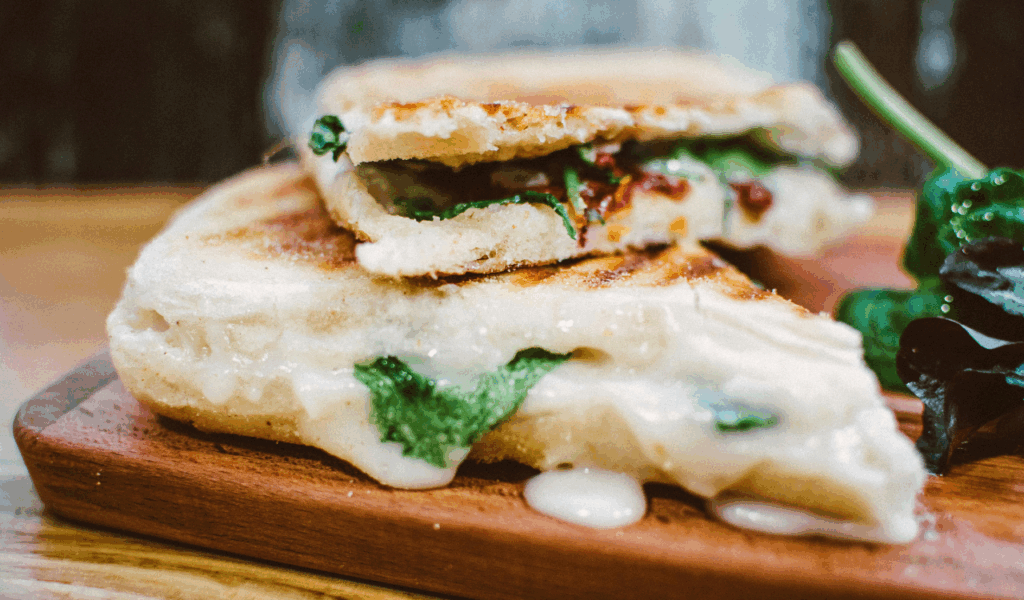
Processed cheese slices were a convenient solution for school lunches, allowing for quick assembly and uniform portions on sandwiches. However, they were heavily processed, containing emulsifiers, artificial flavors, and high sodium levels. Today, schools emphasize real cheese or healthier dairy alternatives that offer protein, calcium, and fewer additives. This change highlights the growing importance of ingredient quality and nutritional content over mere convenience and cost-effectiveness in school meal planning.
7. French Fries and Deep-Fried Sides
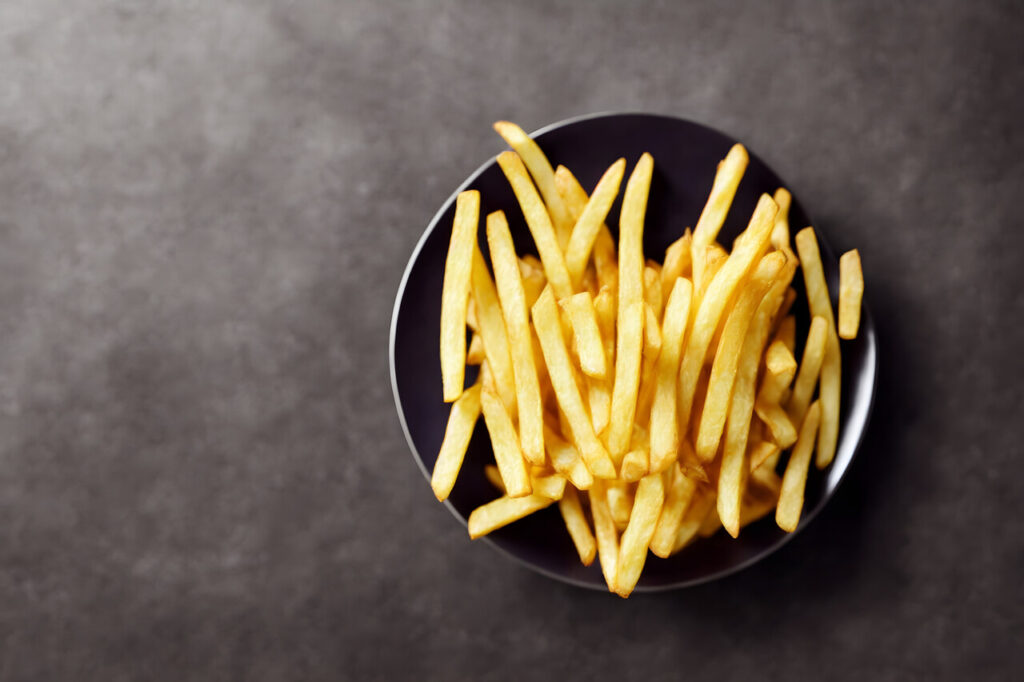
French fries were a beloved accompaniment to school lunches, delivering a satisfying crunch and familiar flavor. Unfortunately, they were deep-fried, loaded with fat, salt, and calories, making them incompatible with today’s focus on healthy eating. Modern school programs often substitute baked potato wedges, roasted vegetables, or other lower-fat sides to provide similar satisfaction without excess unhealthy fats. The golden fries of yesterday reflect an era when indulgence often outweighed dietary considerations.
8. Sugary Breakfast Bars and Pastries

Granola bars, Pop-Tarts, and similar pastries were frequently included as part of school meals, offering quick energy but often loaded with sugar, refined flour, and artificial flavoring. While convenient for large cafeterias, these items provided minimal fiber and excessive calories. Current school guidelines encourage whole grains, reduced sugar, and nutrient-dense alternatives to keep students energized and promote long-term health. Old-school pastries remind us how convenience once dominated nutrition in meal planning.
9. Soda or Sweetened Beverages

Sweetened drinks like soda were once considered acceptable accompaniments to school lunches, providing flavor and a quick energy boost. Packed with sugar and empty calories, they contributed to dental issues and childhood obesity. Modern programs have replaced soda with water, milk, or other unsweetened beverages to improve hydration and nutrition. The removal of sugary drinks illustrates the growing awareness of sugar’s impact on health and the shift toward supporting long-term well-being in children.
10. Corn Dogs and Hot Dogs
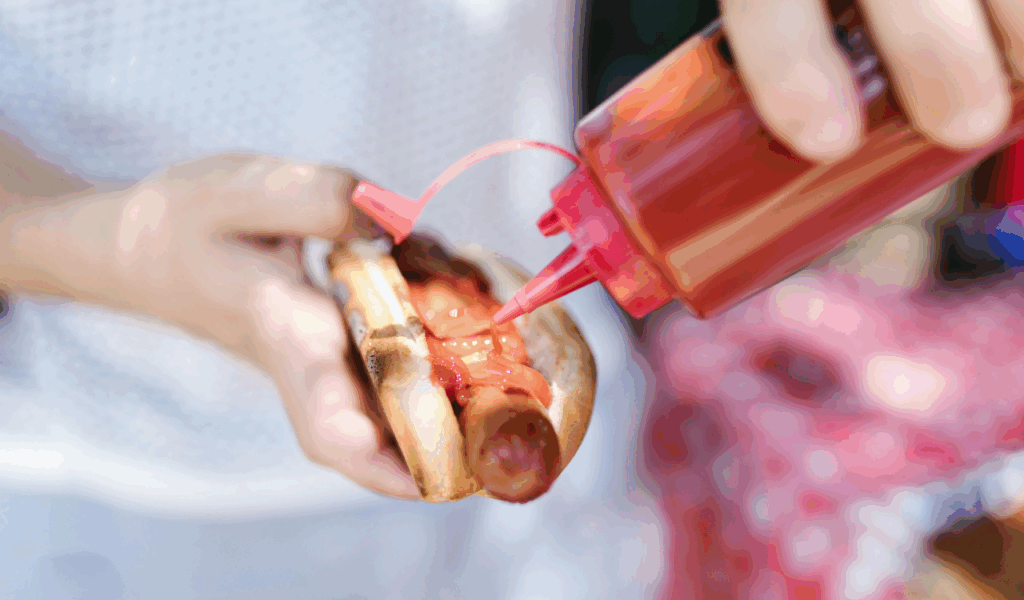
Corn dogs and hot dogs were classic fast options for cafeterias, appreciated for their portability and appeal to young tastes. Unfortunately, these processed meats often contained preservatives, high sodium, and fillers, making them less than ideal for growing students. Today, schools favor lean proteins, grilled options, or plant-based alternatives to provide safer, more nutritious meals. These nostalgic items serve as a reminder of a time when convenience and cost were prioritized over health and dietary quality.
11. Cupcakes and Sugary Desserts
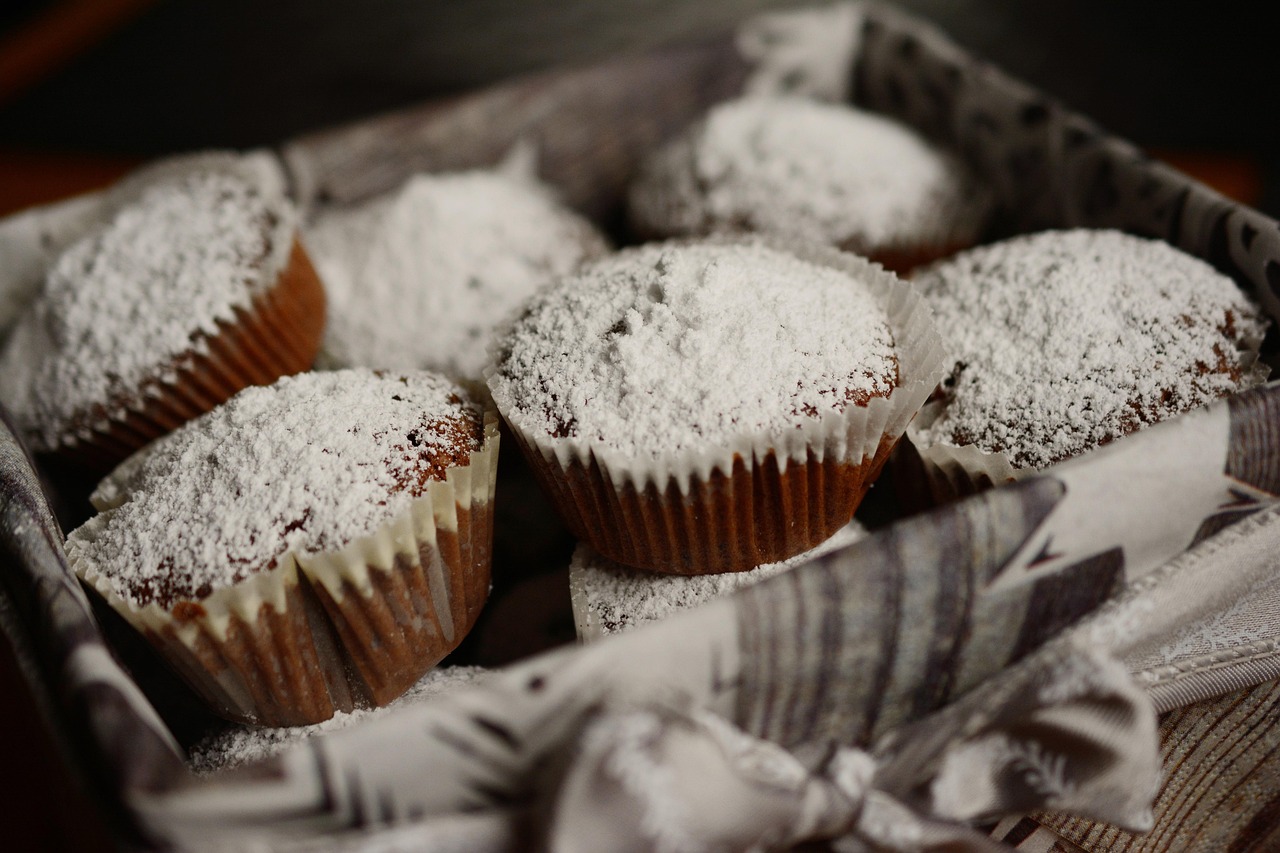
Cupcakes, frosted cookies, and other sugary desserts were often the finishing touch to school lunches, delighting children with sweetness and color. While enjoyable as an occasional treat, their high sugar content and low nutritional value make them unsuitable for daily consumption under current regulations. Modern schools focus on portion control and healthier dessert options like fruit, yogurt, or baked goods with reduced sugar. These old-school treats highlight the significant evolution of school nutrition standards over the years.
